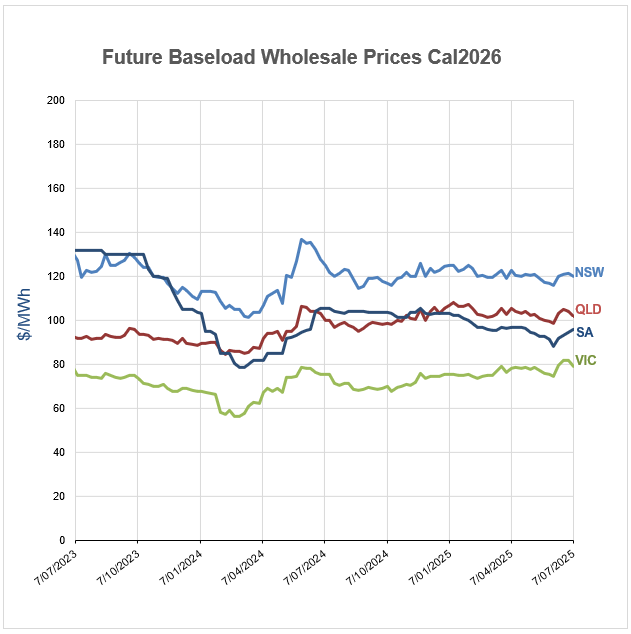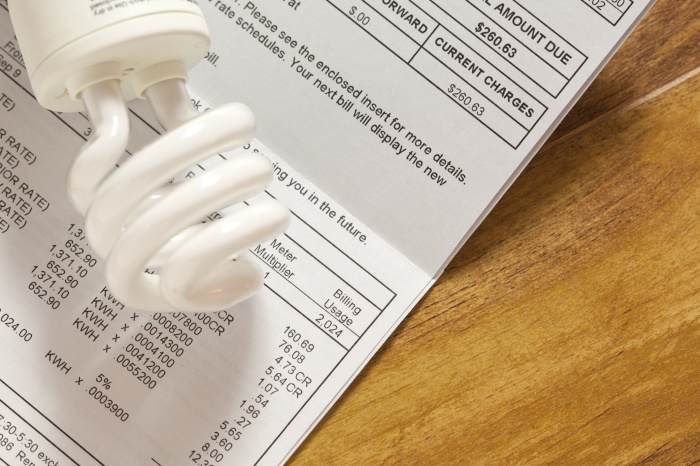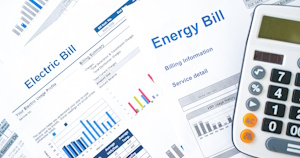Statement of Strategic Intent
The Australian Energy Council is the peak industry body for electricity and downstream natural gas businesses operating in the competitive wholesale and retail energy markets. AEC members generate and sell energy to 10 million homes and businesses and are major investors in renewable energy generation. The AEC supports reaching net-zero by 2050 as well as a 55 per cent emissions reduction target by 2035 and is committed to delivering the energy transition for the benefit of consumers.

Latest Analysis

OECD Price Comparison: How do we stack up?
As households and small businesses are notified of changes to their energy prices for the financial year, there continues to be scrutiny of our power prices. With energy affordability an ongoing concern for Australians, comparisons with overseas energy markets are common with consideration of how Australia's costs compare to other countries. We take a look at how our electricity prices stack up against other developed nations using the latest data across 38 OECD countries.

The gas transition: What do gorillas have to do with it?
The gas transition poses an unavoidable challenge: what to do with the potential for billions of dollars of stranded assets. Current approaches, such as accelerated depreciation, are fixes that Professorial Fellow at Monash University and energy expert Ron Ben-David argues will risk triggering both political and financial crises. He has put forward a novel, market-based solution that he claims can transform the regulated asset base (RAB) into a manageable financial obligation. We take a look and examine the issue.

Australia’s Sustainable Finance Taxonomy: Solving problems or creating new ones?
Last Tuesday, the Australian Sustainable Finance Institute (ASFI) released the Australian Sustainable Finance Taxonomy – a voluntary framework that financiers and investors can use to ensure economic activity they are investing capital in is consistent with a 1.5°C trajectory. One of the trickier aspects of the Taxonomy was whether to classify gas-powered generation, a fossil fuel energy source, as a “transition” activity to support net-zero. The final Taxonomy opted against this. Here we take a look at how ASFI came to this decision, and the pragmatism of it.

What’s behind the bill? Unpacking the cost components of household electricity bills
With ongoing scrutiny of household energy costs and more recently retail costs, it is timely to revisit the structure of electricity bills and the cost components that drive them. While price trends often attract public attention, the composition of a bill reflects a mix of wholesale market outcomes, regulated network charges, environmental policy costs, and retailer operating expenses. Understanding what goes into an energy bill helps make sense of why prices vary between regions and how default and market offers are set. We break down the main cost components of a typical residential electricity bill and look at how customers can use comparison tools to check if they’re on the right plan.
Australian Energy Council members have access to a range of industry benefits and services.
Latest News

Statement on AEMC Draft Concession Decision
Greater coordinated and consistent action by jurisdictions, government bodies and retailers to streamline and improve processes is an important step towards helping make it easier for vulnerable consumers to access energy bill support, according to the peak body for energy retailers, the Australian Energy Council.
Latest Reports

Solar Report: First Quarter 2025 
In the first quarter of 2025, rooftop solar capacity for homes and businesses in Australia surpassed 26 GW, with over 4.1 million photovoltaic systems now in operation, according to the Clean Energy Regulator (CER). Alongside these latest figures, we examine solar adoption rates 25 years after the Renewable Energy (Electricity) Act 2000 established the market for renewable energy certificates (RECs). We also take a closer look at the levelised cost of energy and the current payback period for residential solar systems.

Stocktake of Certificate Schemes 
Retailer certificate schemes have been growing in popularity in recent years as a policy mechanism to help deliver the energy transition. This report puts forward some recommendations on how to improve the efficiency of these schemes. It also includes a deeper dive into the Victorian Energy Upgrades program and South Australian Retailer Energy Productivity Scheme.

Solar Report: Year of 2024 
The penetration of Australian rooftop photovoltaics (PV) in the energy market continues to rise and last year contributed 12.95 per cent (approximately 30,500 GWh) of the nation’s total electricity generation. This is an increase from 11.72 per cent (around 26,900 GWh) on the previous year, reflecting the growing role of rooftop PV in Australia’s renewable energy transition. In addition to the latest installation statistics, we take a look at other developments with rooftop solar, including the growing waste problem and the current payback period.

AEMO's budget framework - analysis and options for change 
The Australian Energy Market Operator (AEMO) recently submitted a rule change proposal in Western Australia to amend the way its budget is set. The changes would have resulted in a shift from a fully regulated model to a NEM-like unregulated approach. Stakeholders raised concerns the proposed rule change would reduce transparency and accountability, and Energy Policy WA rejected the proposal last week. At the same time AEMO lodged its rule change proposal, the Australian Energy Council engaged Rennie Advisory to identify the root causes for what have become AEMO’s unpredictable and steadily rising costs. This report by Rennie Advisory looks at AEMO’s rule change proposal, identifies issues within the budget framework and offers some options that could be considered.
Latest Submissions
-
Submissions I PDF
Gas Distribution Networks: Connection and Permanent Abolishment Charges

-
Submissions I PDF
Inter-regional settlements residue arrangements for transmission loops

-
Submissions I PDF
Energy Consumer Reforms Regulatory Impact Statement

Send an email with your question or comment, and include your name and a short message and we'll get back to you shortly.









But I must explain to you how all this mistaken idea of denouncing pleasure and praising pain was born and I will give you a complete account. #Exercitation #IIamc
But I must explain to you how all this mistaken idea of denouncing pleasure and praising pain was born and I will give you a complete account of the system, and expound the actual teachings of the great explorer. #Exercitation #IIamc
But I must explain to you how all this mistaken idea of denouncing pleasure and praising pain was born and I will give you a complete account. #Exercitation #IIamc
But I must explain to you how all this mistaken idea of denouncing pleasure and praising pain was born and I will give you a complete account of the system, and expound the actual teachings of the great explorer. #Exercitation #IIamc
But I must explain to you how all this mistaken idea of denouncing pleasure and praising pain was born and I will give you a complete account. #Exercitation #IIamc